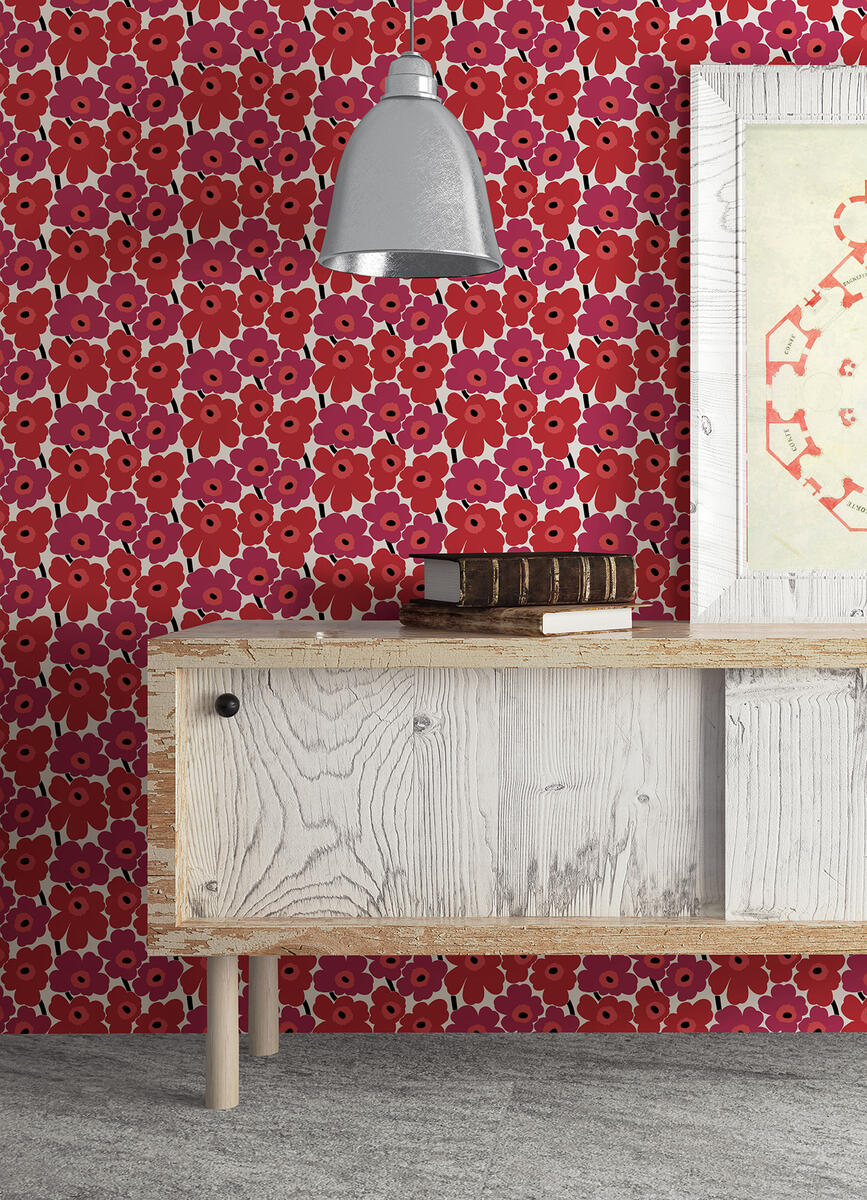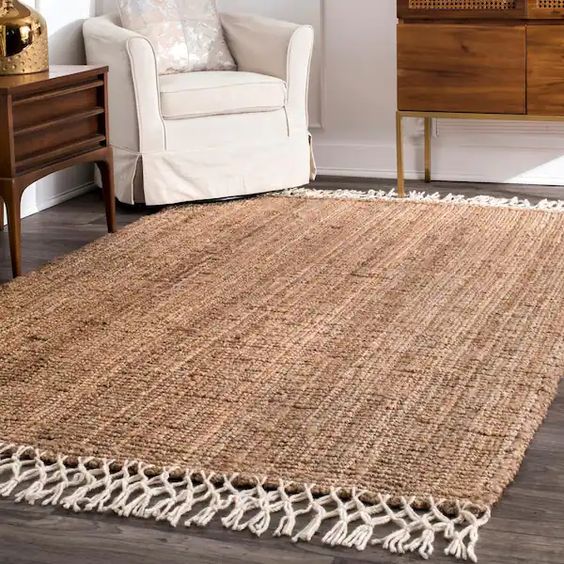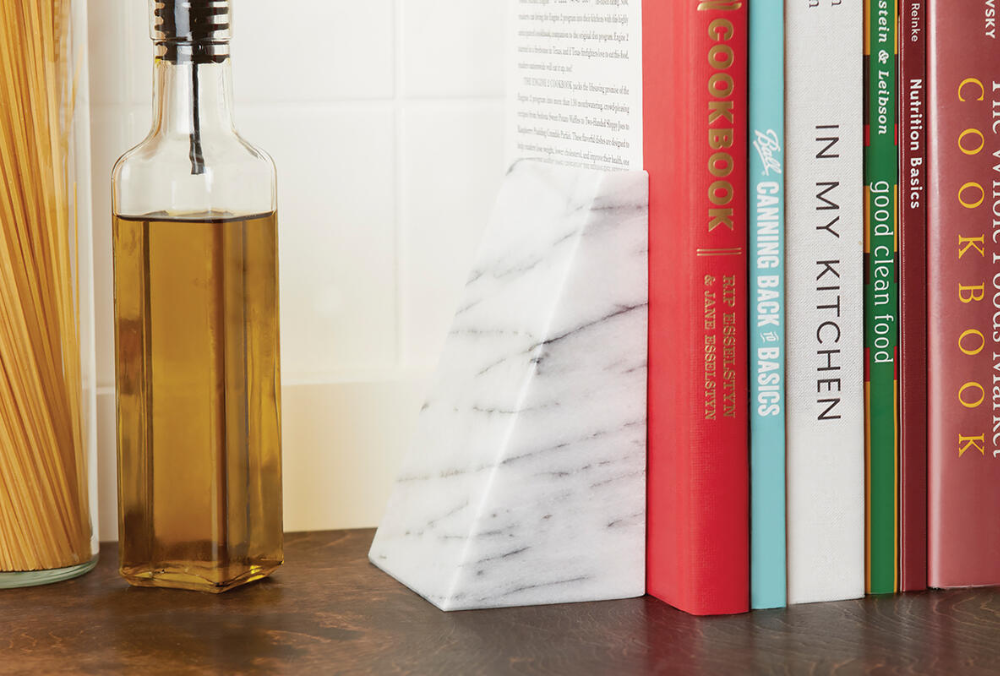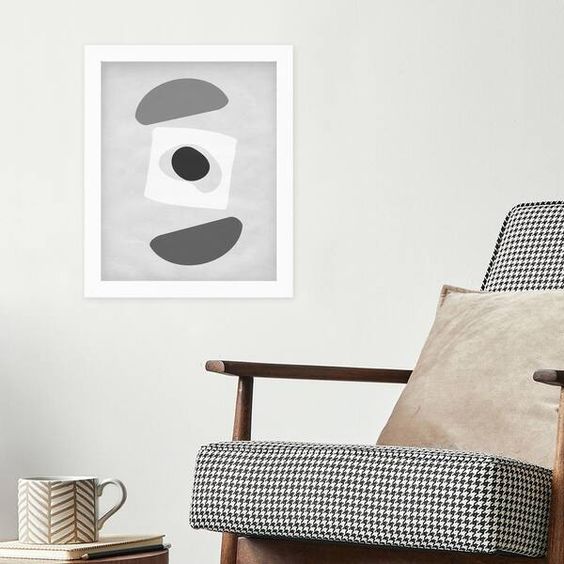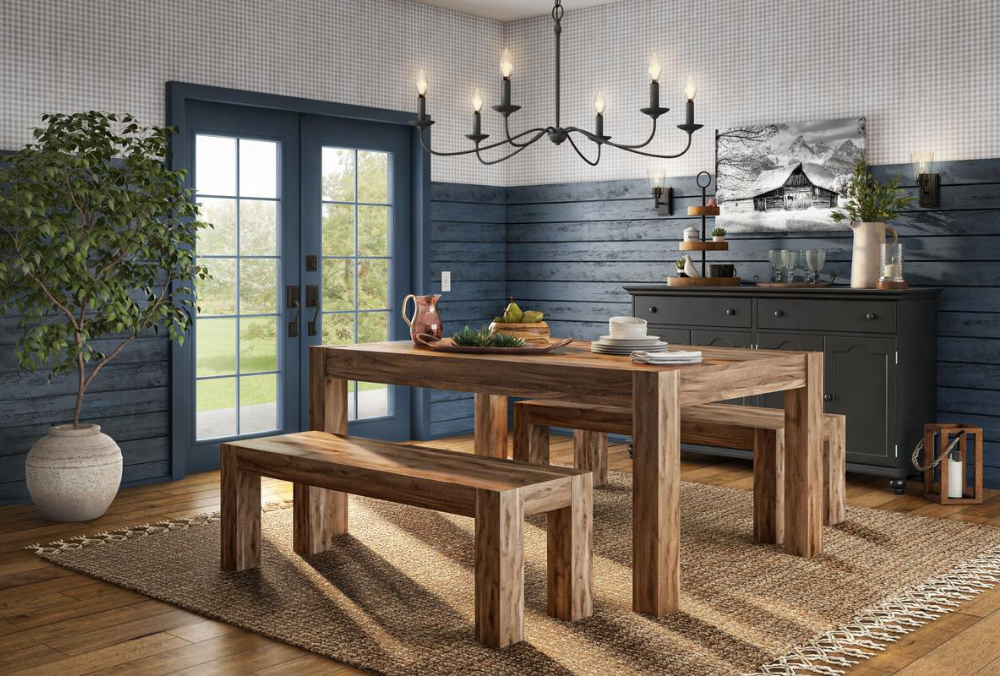
Kitchen Table. Bed. Squatty Potty. Once the essentials are covered off on in your home, it’s time to get down to the serious business of decorating.
Home decor is an important aspect of any living space – after all, design choices help to reflect the personality and style of the homeowner (or renter!).
However, too many people still think that home decor can and should be either “masculine” or “feminine.”
The bedroom should be girly, while the den is the man’s domain, and so on.
This stale belief is outdated and limiting, and it creates unnecessary design divisions based on gender. Whether you live with a partner or on your own, you don’t need to chop up rooms this way!
How you decorate your home doesn’t need to be confined to masculine or feminine ideas of what a home “should” look like (a word I hate!), but rather a reflection of individual (or shared) style and taste.
Traditional gender roles and stereotypes dictate that men favor dark colors, hard materials, and angular shapes, while women prefer light colors, soft materials, and curvy shapes. But these gender stereotypes don’t reflect the diversity of preferences and styles that exist in 2023.
Thank goodness.
Moreover, the belief that home decor should be masculine or feminine limits creativity and self-expression.
When we limit ourselves to gender-specific decor, we miss out on the opportunity to explore different styles and create unique spaces that reflect our individual personalities.
By embracing a wider range of colors, materials, and shapes, we can create homes that are truly personalized and reflect our own unique style.
Meaning? Consider this your permanent permission slip to line your bathroom in this badass Marimekko floral peel and stick wallpaper our team is obsessed with.
One last reason to get beyond the masculine-feminine binary?
Home decor that feels gender-inclusive creates a more welcoming environment for everyone.
A home ought to be a place where everyone feels comfortable and at ease.
By embracing all kinds of decor, the result is a space that’s more inclusive and welcoming to all guests, regardless of their gender identity or expression.
***
An easy way to get beyond “masculine” and “feminine” home decor styles? A more neutral or gender-neutral approach to design.
Below, three ideas for embracing gender-neutral decor:
Use neutral colors
Neutral colors such as white, gray, and beige can be used as a foundation for any design style.
You can add pops of color or texture to personalize the space without relying on gender-specific colors.
Incorporate natural materials
Natural materials such as wood, stone, and metal can be used to add texture and interest to a space without looking or feeling gender-specific.
Consider individual preferences
When designing a space, consider your individual preferences rather than relying on gender stereotypes.
Not sure how to proceed?
Start by avoiding decor items or styles that fall back on a traditional association with a particular gender.
For example, instead of using floral patterns to convey a feminine touch, opt for abstract patterns or geometric shapes.
With this mindset at work, you’ll quickly personalize the space based on your interests, style, and personality, not outdated stereotypes and norms.
***
Ultimately, you shouldn’t feel confined to home decor that’s limited by traditional gender roles and stereotypes. Rather, consider your individual style and taste when decorating!
By embracing gender-neutral decor with a wider range of colors, materials, and shapes, your home will feel truly personalized and reflect your own unique style.
This can also create a more inclusive and welcoming environment for everyone from a date to your friends, regardless of their gender identity or expression.
So, let’s break free from the constraints of gender-specific decor and embrace a more diverse and creative approach to home decor.

